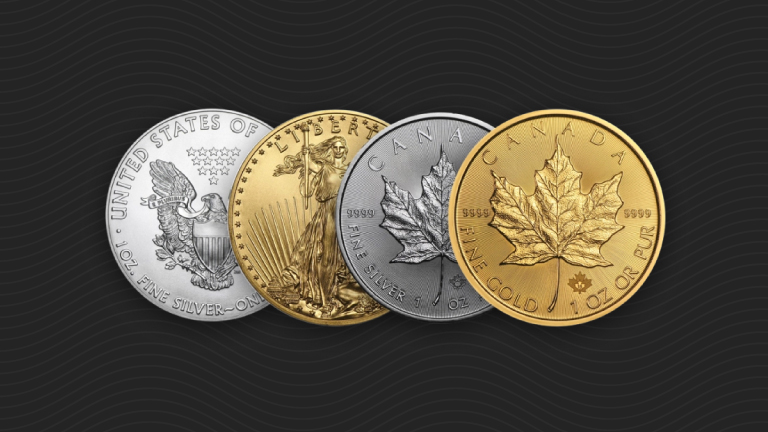This Month in Gold – April 2013
Argentinians Rushing to Gold
Bloomberg – An escalating demand for gold in Argentina has exhausted the scrap stores of Banco de la Ciudad de Buenos Aires. Banco Ciudad became Argentina’s only gold trader after President Cristina Fernandez de Kirchner banned purchases of 99.99% pure gold for savings last July. To avoid this restriction, the bank sells sells gold products of 99.96% purity. Investors are rushing to buy them to protect the value of their savings against an estimated inflation rate of 26%. Thanks to ongoing peso printing, analysts expect the currency to depreciate 12.9% by year-end. Record amounts of gold futures contracts are also being sold as investors flee the falling value of both peso-denominated bonds and the Argentinian government’s dollar-denominated bonds. Even though Banco Ciudad gold is not recognized internationally, and the spread between buying and selling the gold is 35%, Argentinian gold buyers have already seeing good returns compared to peso-holders.
Read Full Article>>
Russia, South Africa to Create “OPEC-Style” Platinum Bloc
Bloomberg – With about 80% of platinum group metals (PGM) reserves, Russia and South Africa are planning to create an OPEC-style trading bloc. Russian Natural Resources Minister Sergey Donskoy said, “Our goal is to coordinate our actions accordingly to expand the markets. The price depends on the structure of the market, and we will form the structure of the market.” South African Mines Minister Susan Shabangu hopes the deal will push up prices by limiting the supply of platinum with taxes and incentives. Albert Minassian, an analyst at Investec Ltd., is skeptical of their ability to influence the price of PGM, though he did say, “we view this announcement as supportive for PGM prices.” South Africa mines 70% of global platinum and Russia mines 40% of global palladium, though other producing countries would be invited to join the group. Read Full Article>>
China & Brazil Currency Swap Bypasses US Dollar
The Globe and Mail – China and Brazil signed a currency swap agreement to trade up to $30 billion per year in their own currencies. The deal is designed to protect their economies should an international banking crisis limit US dollar financing. The deal comes in advance of a BRICS summit, where members are expected to create a plan for a joint foreign-exchange-reserves pool and infrastructure bank for emerging economies. Both the currency-swap deal and infrastructure bank are designed to limit the power of the IMF and World Bank, which the BRICS see as serving the trade interests of rich Western nations. The BRICS account for about 20% of global GDP. China is Brazil’s largest trading partner, and the two are the largest economies of the BRICS.
Read Full Article>>
Central Banks Continue to Diversify Out of Dollars
Bloomberg – Central banks continued to buy gold and diversify their reserves away from the US dollar after a record year of gold purchases in 2012. The Bank of Korea raised its gold reserves 24% in February, while Mongolia increased its gold reserves to the highest in four years. Russia, Kazakhstan, Azerbaijan, and Ukraine also increased gold reserves in February. According to the World Gold Council, the amount of total global reserves allocated to gold and currencies other than the US dollar has tripled since 2008. Daniel Briesemann, an analyst at Commerzbank AG in Frankfurt, said, “Given the depreciation rates of the major currencies in the world and the debt crisis, especially in the eurozone, there’s definitely a lot of room to buy gold.”
Read Full Article On Korea>> On Yen & Renminbi>> On Mongolia>>
Get Peter Schiff’s latest gold market analysis – click here – for a free subscription to his exclusive weekly email updates.
Interested in learning more about physical gold and silver?
Call 1-888-GOLD-160 and speak with a Precious Metals Specialist today!

